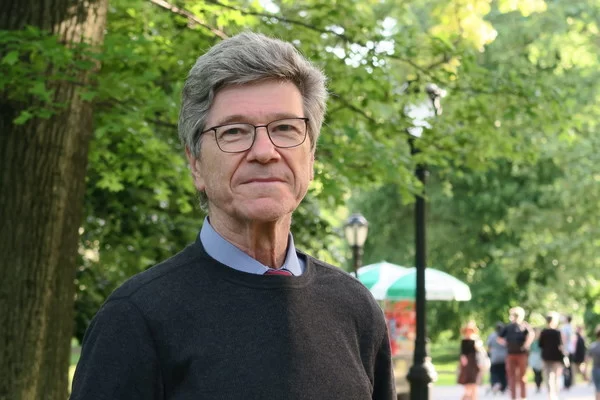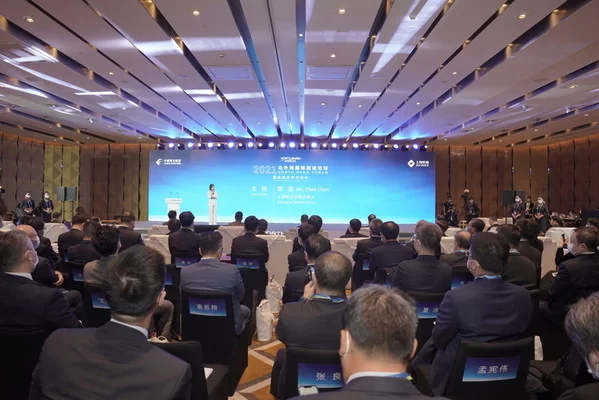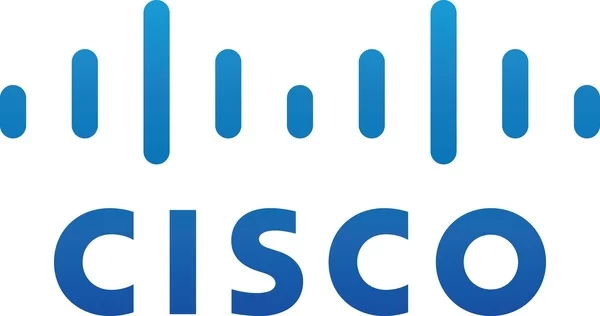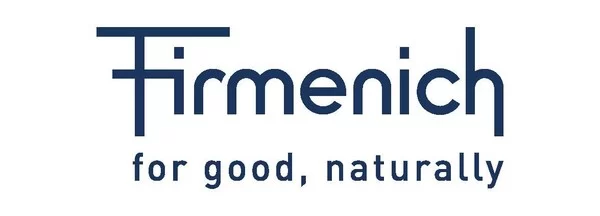BEIJING, Aug. 4, 2022 — Waterdrop Inc. ("Waterdrop", the "Company" or "we") (NYSE: WDH), a leading technology platform dedicated to insurance and healthcare service with a positive social impact,…
Clarivate Launches New Global Research Report Urging Action on Ocean Science
Research must rise to meet challenges such as microplastics pollution and climate change LONDON, July 27, 2022 — Clarivate Plc (NYSE:CLVT), a global leader…
Deep Isolation: Solving Nuclear Waste Removes Barrier to Nuclear Energy
SEOUL, South Korea, July 16, 2022 — Countries worldwide are reconsidering nuclear energy to achieve energy security, meet increasing electricity demands and fight climate change. As the International Energy…
Jeffrey Sachs Awarded 2022 Tang Prize in Sustainable Development for Leading Transdisciplinary Sustainability Science
TAIPEI, June 18, 2022 — The Tang Prize, an international academic award set up to create a better world for all of humanity, is poised to announce its 2022…
At GWF 2022, Jane Goodall and Jack Dangermond Call for Collaboration for a Sustainable Future
AMSTERDAM, May 12, 2022 — Our world is facing many challenges today. Together with the pandemic and its aftereffects, we now have a global climate emergency and developing fallouts. In…
Green Flight Initiative Aired in North Bund International Aviation Forum
SHANGHAI, Nov. 5, 2021 — On November 4, the first North Bund International Aviation Forum, with the theme on the sustainable development of the global aviation industry, was held in…
Cisco Partners with COP26 to Support a More Inclusive and Sustainable Future
SAN JOSE, Calif., Oct. 23, 2021 — COP26 Climate Cisco News summary: Cisco is proud to announce its…
Plant a Tree for a Sustainable Future with PanzerGlass’ Limited Artist Edition ClearCase™
PanzerGlass in collaboration with LA-based artist and philanthropist Mikael B and non-profit organization, The Perfect World Foundation, pledges to plant a tree for each unit sold. DUBAI, UAE, May 21, 2021 — PanzerGlass, one of the leading screen protection brands in the world, announces the launch of its Limited Artist Edition…
CGTN: China to prioritize conservation in its water diversion project
BEIJING, May 15, 2021 — China will press ahead with the world’s largest water diversion project and prioritize water conservation in the process.   As the country pursues green and high-quality development, efforts should be made to advance the South-to-North Water Diversion Project in a scientific manner…
Fine Fragrance RE│IMAGINED: Firmenich and Central Saint Martins Project the Future Role of Fine Fragrance
GENEVA, March 4, 2021 — Firmenich, the world’s largest privately-owned fragrance and taste company, has teamed up in an exclusive collaboration with world-renowned arts and design college Central Saint Martins in London to reimagine the future of fine fragrance. Twenty-one projects provide a…











